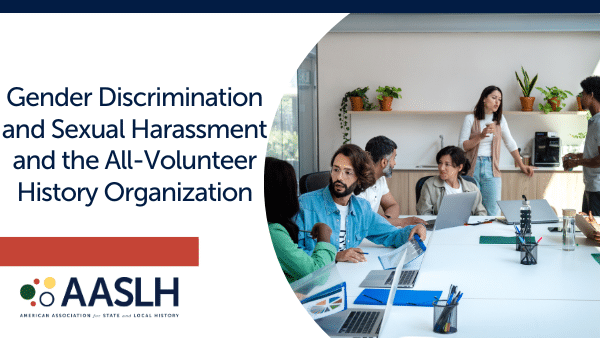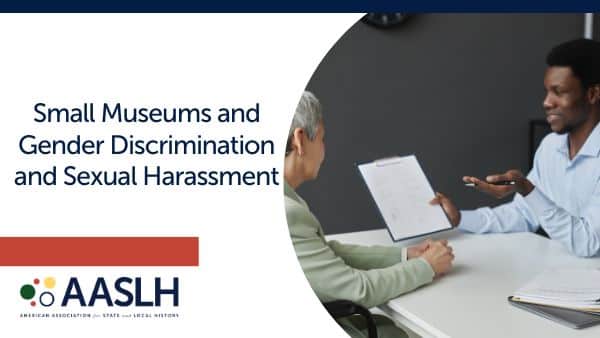
Many years ago, I worked at a small historic site in Virginia. Every Monday morning after a special event at the site, my supervisor would ask me, “How many people came?” and “How much money did we make?” I knew we needed to increase attendance and raise revenue, but I was always disappointed that he never asked any other questions about the event. I had worked hard to make the event informative, interesting and inspiring.
But how could I prove that people were having meaningful learning experiences? At our next event I mingled with visitors, surveyed them about their experiences, and discovered that some people were learning new things. More importantly, I discovered that they really appreciated someone asking them what they thought about the special event. They also had some wonderful ideas about improving the experience.
That got me hooked! I vowed that I would learn everything possible about evaluating and using visitor input to plan future programs.
Thirty years later, Stacy Klingler and I talked about how small museums can use visitor input and evaluation. (She and I had just finished co-authoring a chapter on visitor studies for the Small Museums Toolkit.) We decided to create an initial survey template tailored specifically for small museums. The difficulty, though, was in making it universally applicable, despite the diverse needs and problems confronting all museums.

Then I recalled my first survey experience and thought we could design a survey for special events. Special events at small museums usually last one or two days and this is when the most volunteers turn out to help. Maybe this template thing could work.
In 2012, Stacy and I brought our ideas before AASLH’s Small Museums Committee and the Visitors’ Voices Committee. And thus the Special Event Survey Template was born! We also developed guidelines and instructions on how to conduct the surveys, as well as an Excel template showing how to enter and summarize the data. We shared the results of our pilot test at AASLH’s 2012 Conference in both live and online sessions. Some participants said our questions should dig a little deeper into the types of learning experiences people wanted.
From that discussion, we created a “Question Bank” that museums could insert into the survey template. This summer Stacy asked several museums to pilot test the survey again.
Two participants (Matt Schuld, director of the Elkhart County Historical Museum and Mary Chrastil, president of the all-volunteer North Manchester Center for History) shared their experiences conducting the survey during the webinar, Getting Your Feet Wet: Jumping Right in With a Special Event Survey. After all this fine-tuning, we think we’ve nailed it. Go ahead! Download the survey template, the Event Survey Guidelines, the Question Bank, and the Excel template. Once you get out there and start listening to your visitors, we think you will also be hooked. Share your experience with us, and tell us how we can improve this tool.
Conny Graft is a consultant in interpretive planning and evaluation for museums, parks, and other nonprofit organizations. She retired from the Colonial Williamsburg Foundation in 2010, where she worked for twenty-seven years as director of interpretive planning, director of interpretive education, and manager of research and evaluation. Before coming to Colonial Williamsburg, she worked for the Division of Historic Preservation in Fairfax, Virginia, and was in charge of planning programs for four historic sites.



